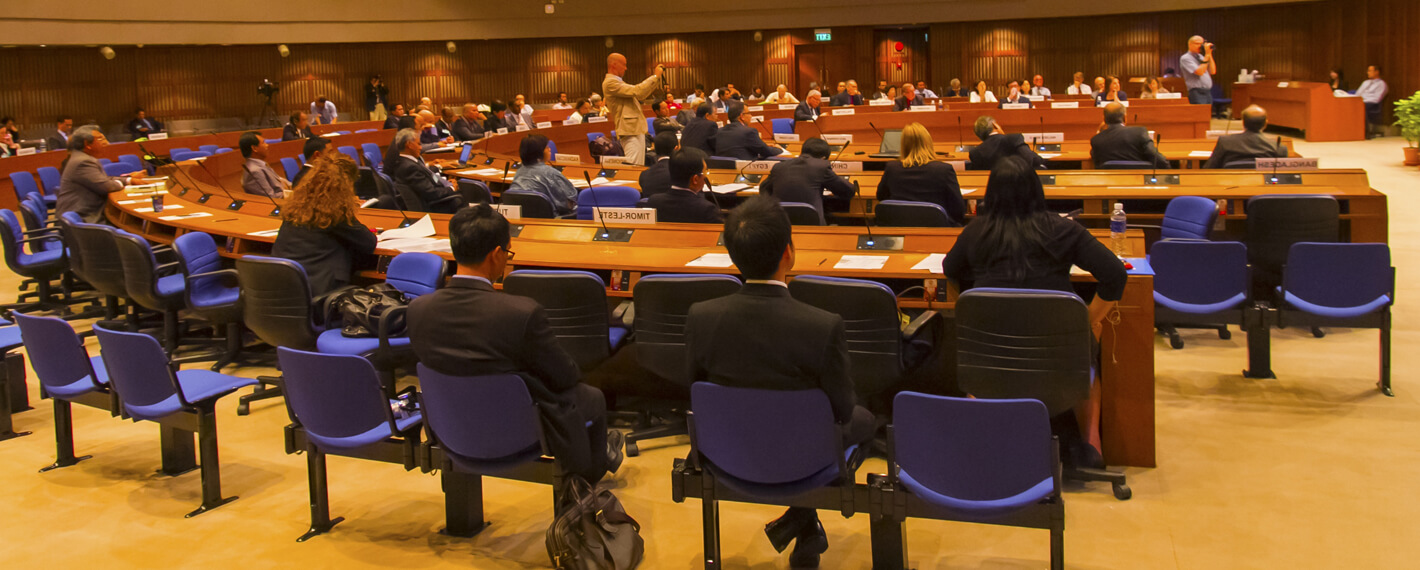There is an interesting discussion ongoing in our internal (behind the firewall) blog. It is getting interesting and I thought I would get some wider perspectives on this subject.
My colleague writes:
 Innovation is a messy process where different alternatives need to be tried before we really get something new and useful. For one success there will be many failures. “Innovation” without some “Failure” is not feasible. Therefore, the system has to nurture failure
Innovation is a messy process where different alternatives need to be tried before we really get something new and useful. For one success there will be many failures. “Innovation” without some “Failure” is not feasible. Therefore, the system has to nurture failure
On the other hand “Quality” is about delivering on time, every time. “Failure” is not an option. Therefore, the system has to minimize the risk of failure
The question is “How can the same system do both?”
I couldn’t help recall an earlier post about innovation and execution. What do you think is the relation between innovation, quality and failure? How can they coexist?


An answer from a different perspective.. but the piece below answers one perspective..
Former President of India APJ Abdul Kalam : ‘A Leader Should Know How to Manage Failure’Let me tell you about my experience. In 1973 I became the project director of India’s satellite launch vehicle program, commonly called the SLV-3. Our goal was to put India’s “Rohini” satellite into orbit by 1980. I was given funds and human resources — but was told clearly that by 1980 we had to launch the satellite into space. Thousands of people worked together in scientific and technical teams towards that goal. By 1979 — I think the month was August — we thought we were ready. As the project director, I went to the control center for the launch. At four minutes before the satellite launch, the computer began to go through the checklist of items that needed to be checked. One minute later, the computer program put the launch on hold; the display showed that some control components were not in order. My experts — I had four or five of them with me — told me not to worry; they had done their calculations and there was enough reserve fuel. So I bypassed the computer, switched to manual mode, and launched the rocket. In the first stage, everything worked fine. In the second stage, a problem developed. Instead of the satellite going into orbit, the whole rocket system plunged into the Bay of Bengal. It was a big failure. That day, the chairman of the Indian Space Research Organization, Prof. Satish Dhawan, had called a press conference. The launch was at 7:00 am, and the press conference — where journalists from around the world were present — was at 7:45 am at ISRO’s satellite launch range in Sriharikota [in Andhra Pradesh in southern India]. Prof. Dhawan, the leader of the organization, conducted the press conference himself. He took responsibility for the failure — he said that the team had worked very hard, but that it needed more technological support. He assured the media that in another year, the team would definitely succeed. Now, I was the project director, and it was my failure, but instead, he took responsibility for the failure as chairman of the organization. The next year, in July 1980, we tried again to launch the satellite — and this time we succeeded. The whole nation was jubilant. Again, there was a press conference. Prof. Dhawan called me aside and told me, “You conduct the press conference today.” I learned a very important lesson that day. When failure occurred, the leader of the organization owned that failure. When success came, he gave it to his team. The best management lesson I have learned did not come to me from reading a book; it came from that experience.
An answer from a different perspective.. but the piece below answers one perspective..
Former President of India APJ Abdul Kalam : ‘A Leader Should Know How to Manage Failure’Let me tell you about my experience. In 1973 I became the project director of India’s satellite launch vehicle program, commonly called the SLV-3. Our goal was to put India’s “Rohini” satellite into orbit by 1980. I was given funds and human resources — but was told clearly that by 1980 we had to launch the satellite into space. Thousands of people worked together in scientific and technical teams towards that goal. By 1979 — I think the month was August — we thought we were ready. As the project director, I went to the control center for the launch. At four minutes before the satellite launch, the computer began to go through the checklist of items that needed to be checked. One minute later, the computer program put the launch on hold; the display showed that some control components were not in order. My experts — I had four or five of them with me — told me not to worry; they had done their calculations and there was enough reserve fuel. So I bypassed the computer, switched to manual mode, and launched the rocket. In the first stage, everything worked fine. In the second stage, a problem developed. Instead of the satellite going into orbit, the whole rocket system plunged into the Bay of Bengal. It was a big failure. That day, the chairman of the Indian Space Research Organization, Prof. Satish Dhawan, had called a press conference. The launch was at 7:00 am, and the press conference — where journalists from around the world were present — was at 7:45 am at ISRO’s satellite launch range in Sriharikota [in Andhra Pradesh in southern India]. Prof. Dhawan, the leader of the organization, conducted the press conference himself. He took responsibility for the failure — he said that the team had worked very hard, but that it needed more technological support. He assured the media that in another year, the team would definitely succeed. Now, I was the project director, and it was my failure, but instead, he took responsibility for the failure as chairman of the organization. The next year, in July 1980, we tried again to launch the satellite — and this time we succeeded. The whole nation was jubilant. Again, there was a press conference. Prof. Dhawan called me aside and told me, “You conduct the press conference today.” I learned a very important lesson that day. When failure occurred, the leader of the organization owned that failure. When success came, he gave it to his team. The best management lesson I have learned did not come to me from reading a book; it came from that experience.
Kia Ora Manish
Your true statement intrigues me: “For one success there will be many failures.” In seeking the relationship between innovation, quality and failure we may look to life itself.
An evolutionist believes that fine creatures and magnificent plants evolved. While this belief is accompanied by significant controversy, it is the evolutionary mechanism that I wish to use here rather than the belief.
Through apparently serendipitous occurrences, innovation advances within a species. As it does so, poorer quality organisms tend to be removed because they perish, while quality organisms survive and so propagate quality.
In the complexity system of a living species there exists innovation, quality and failure all at the same time. Without innovation, quality will not change: neither will it improve.
It is often that competition becomes a relative factor. What used to be successful becomes less so with the advent of superlative innovation. The result is an improvement in quality within the species overall.
Ka kite
from Middle-earth
I’m not sure that quality is about “delivering on time, every time.” Philip Crosby defined quality as “conforming to specification,” which is much more situational.
In other words, “on time” might be what GE calls a critical-to-quality element… or might not.
In Sonia’s satellite example, “in orbit by 1980” was framed by the project as a CTQ. From the view of the political leadership, it might have been — but from an engineering or communications standpoint, the date likely had little relevance.
This isn’t to say that time never matters. Rather, in my opinion “quality” is one of those words for which it’s easy to assume that everyone else shares your definition.